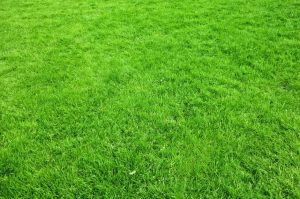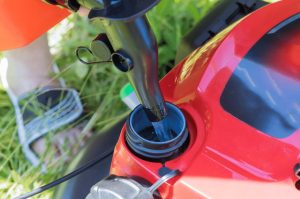If you want your lawn to look healthy and lush, scalping is essential to add to your care routine. In short, scalping helps to remove dead grass, promote new growth, and improve the overall appearance of your lawn. However, knowing how to scalp your lawn properly is crucial to avoid damaging the grass.
In this guide, we provide you with everything you need to know about lawn scalping for the best results!
What is lawn scalping?
Lawn scalping essentially means moving your lawn down to a low level, cutting the grass blades down to the stem to remove the thatch and dead grass.
It’s an effective way to promote new growth, reduce weed abundance, and improve the overall health of your lawn.
Why do you scalp your lawn?
Scalping your lawn is an essential task that helps to remove dead grass, thatch and promote new growth. It also helps to reduce weed growth and improve the overall appearance of your lawn.
Scalping your lawn also increases air and water penetration, which is crucial for a healthy lawn. By scalping your lawn, you can also enhance the colour and texture of your grass, making it look healthy and lush.
When to scalp your lawn in Australia
The best time to scalp your lawn in Australia is during the early spring or early autumn when the grass is actively growing. Additionally, we recommend scalping your lawn before overseeding or fertilising it.
However, the timing may vary depending on your location and climate, so it’s best to consult with a local lawn care expert for specific advice. It’s generally not recommended to scalp your lawn too late in the growing season, as it can damage the grass and affect its ability to recover.
If you scalp your lawn too late, the grass may not have enough time to recover before the dormant winter season. Moreover, we recommend avoiding scalping your lawn when the weather is too hot or cold. This is because the grass may already be stressed, and scalping could inflict further damage.
How to scalp your lawn in 4 steps
Scalping your lawn may seem simple, but it’s essential to do it correctly to avoid damaging the grass. Follow these steps to scalp your lawn effectively:
Step 1: Prepare Your Lawn Mower
Before scalping your lawn, prepare your lawn mower by adjusting the cutting height. Set the cutting height to the lowest setting possible.
Step 2: Mow Your Lawn
Mow your lawn as you normally would, making sure to mow the entire lawn, including the areas around trees, bushes, and other obstacles.
Step 3: Rake the Lawn
After mowing, rake your lawn to remove the dead grass and thatch. This will help to promote new growth, prevent disease and help the grass to grow more evenly.
Step 4: Water Your Lawn
Water your lawn deeply after scalping it to help it recover from the stress. This will reduce stress on the grass and improve its overall health.
As always, ensure not to overwater your lawn as it can lead to disease.
What to do after scalping lawn
After scalping your lawn successfully, the next step would be to fertilise it to encourage new growth and promote a healthy root system. Whenever fertilising your lawn, ensure that you select a high-quality fertiliser appropriate for your grass type and apply it according to the instructions on the packaging.
If you’ve noticed thin or bare patches in your lawn after scalping it, overseeding can help to fill in these areas and promote a denser, more even lawn. Choose a high-quality grass seed appropriate for your grass type and climate.
Once your lawn has recovered from scalping, be sure to mow it regularly to promote healthy growth and prevent the buildup of thatch. Reset your mower blade to the appropriate height for your grass type, and avoid cutting more than one-third of the grass blade at a time.
Is lawn scalping necessary?
Ultimately, whether or not lawn scalping is necessary depends on the specific needs of your lawn. If your lawn has a lot of thatch buildup or dead grass, scalping may be necessary to promote new growth and improve its health. However, scalping may not be required if your lawn is already healthy and well-maintained. It’s always a good idea to consult with a local lawn care expert to determine whether or not scalping is needed for your lawn.






